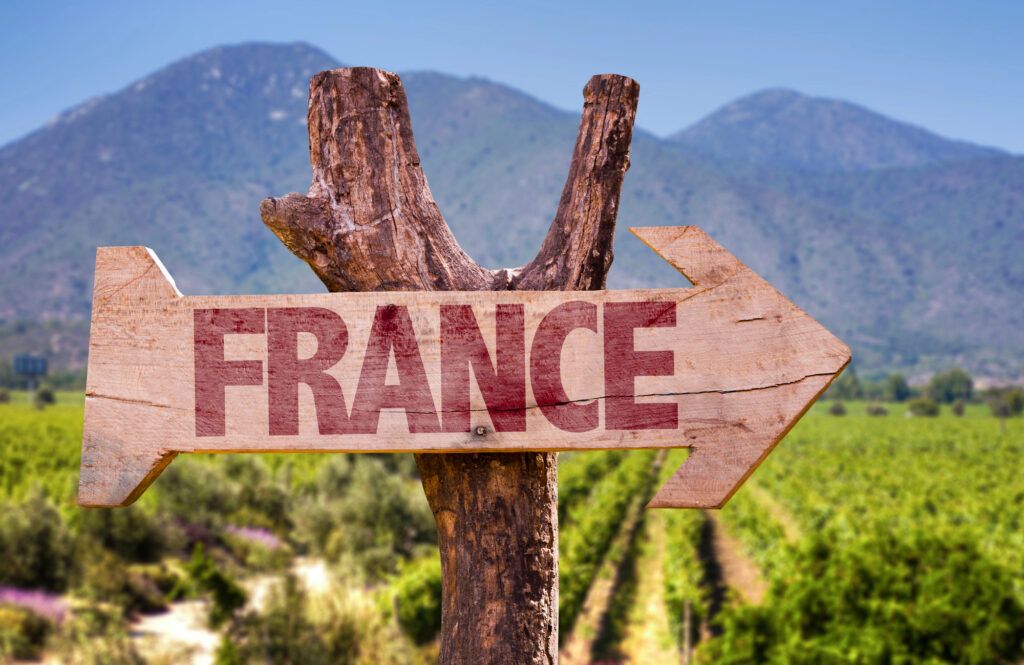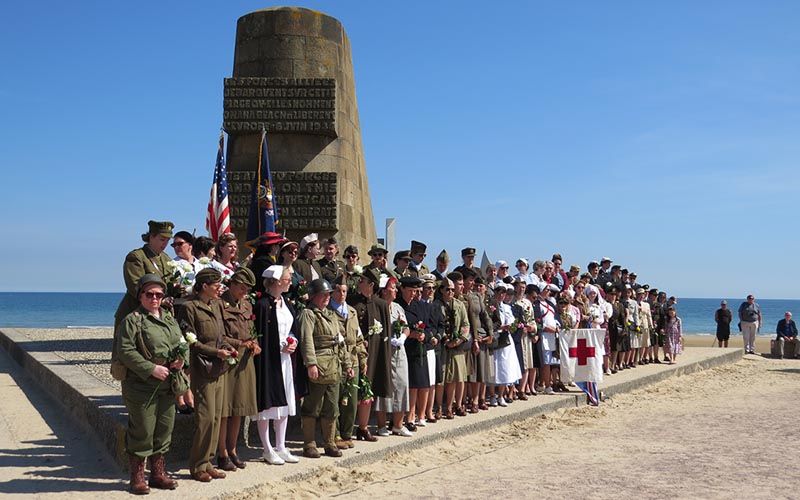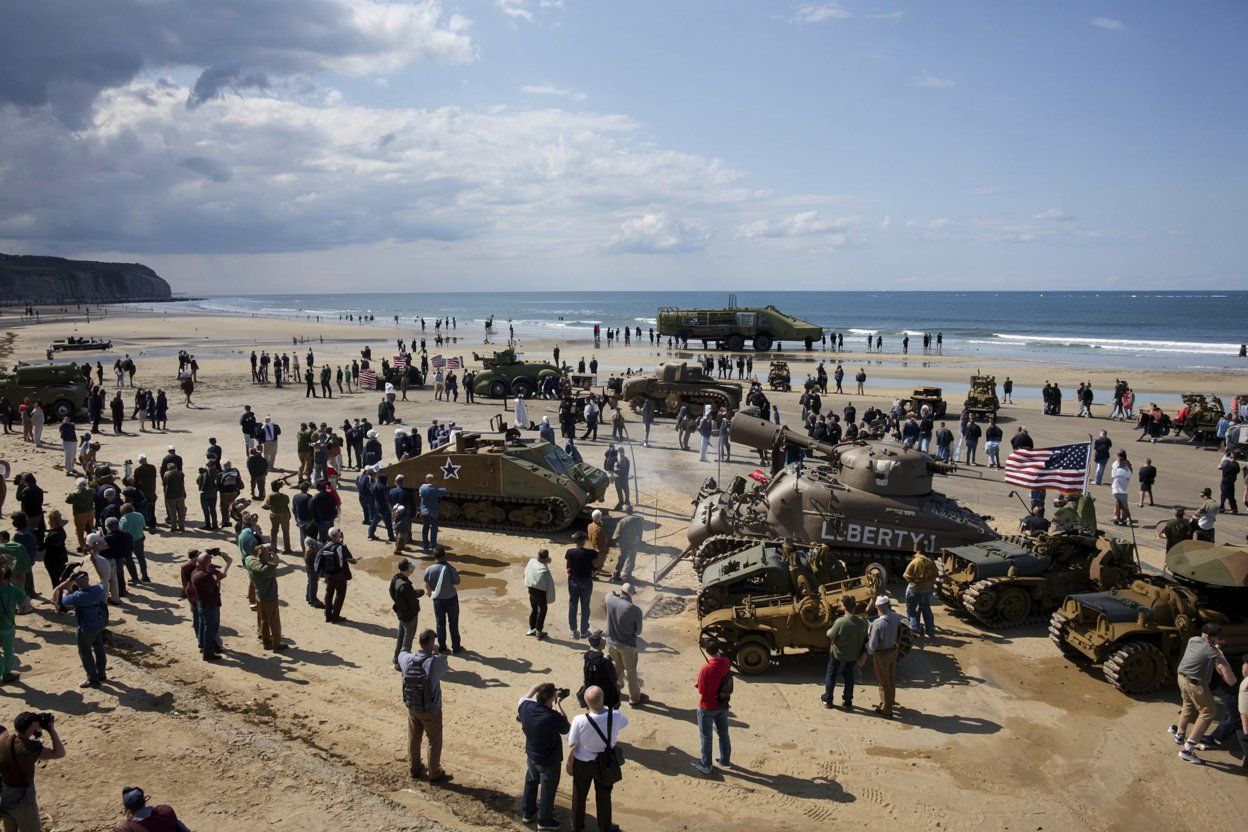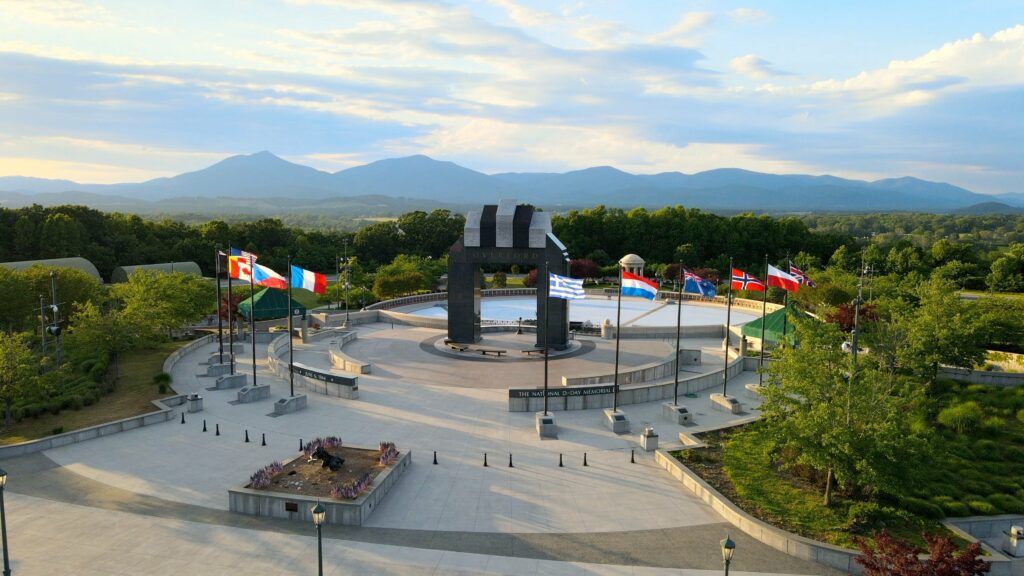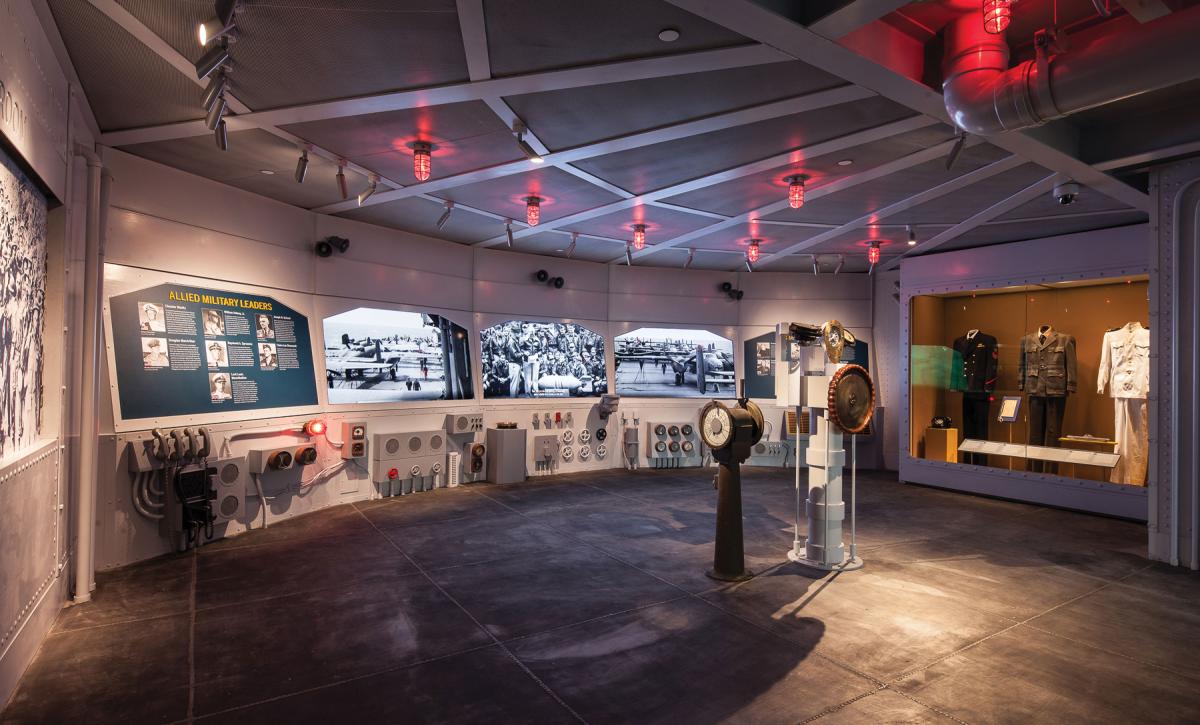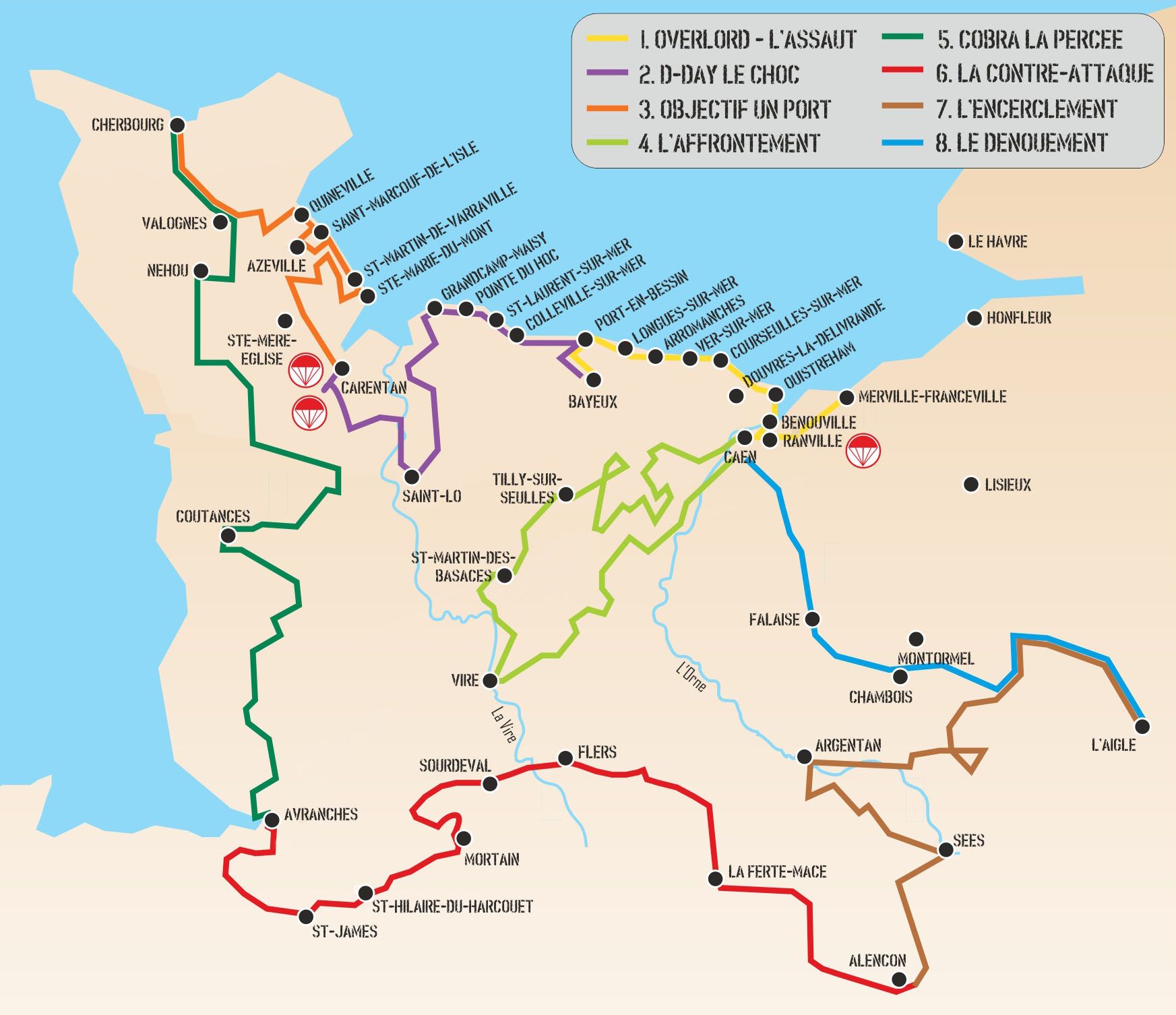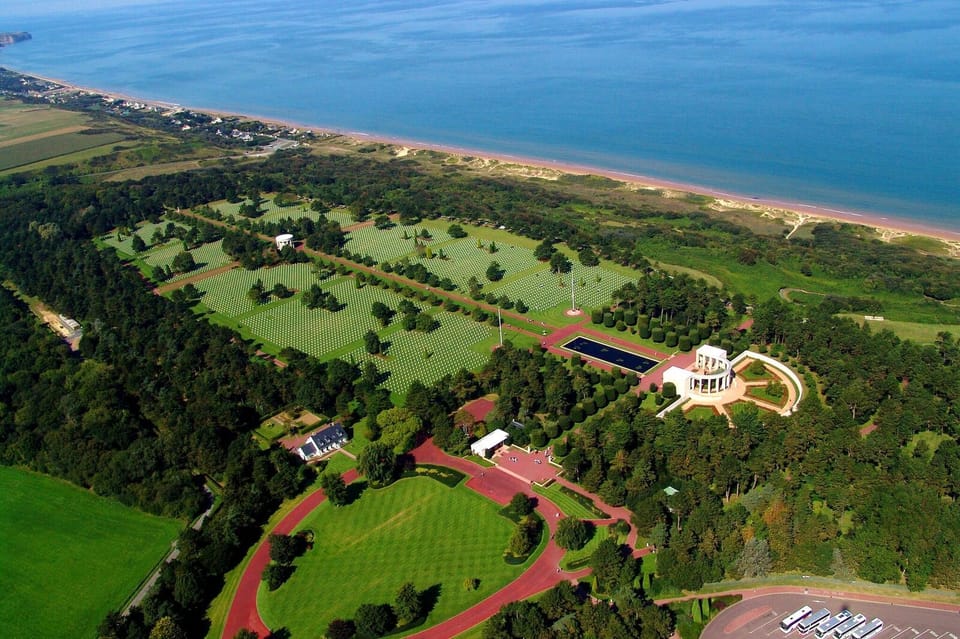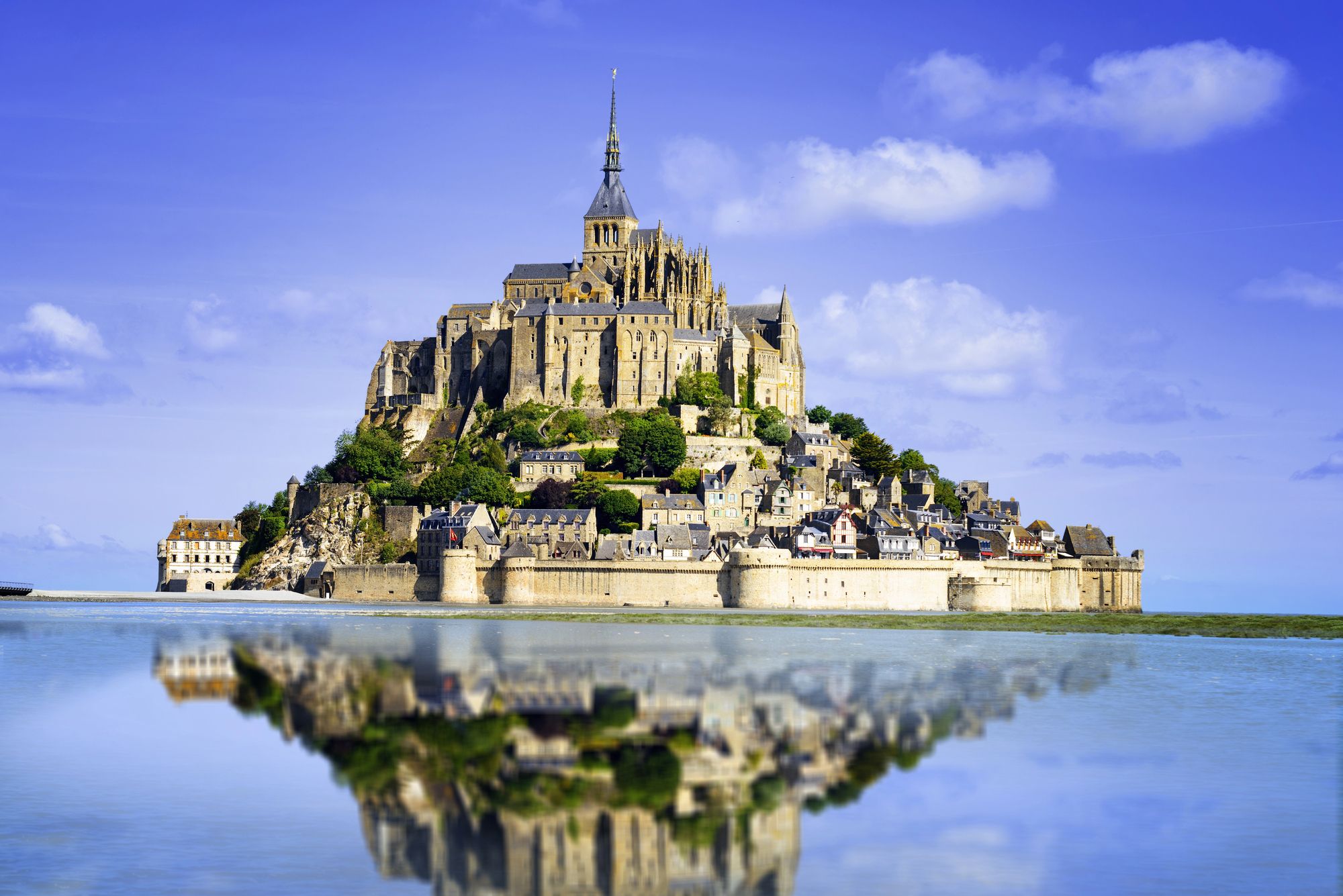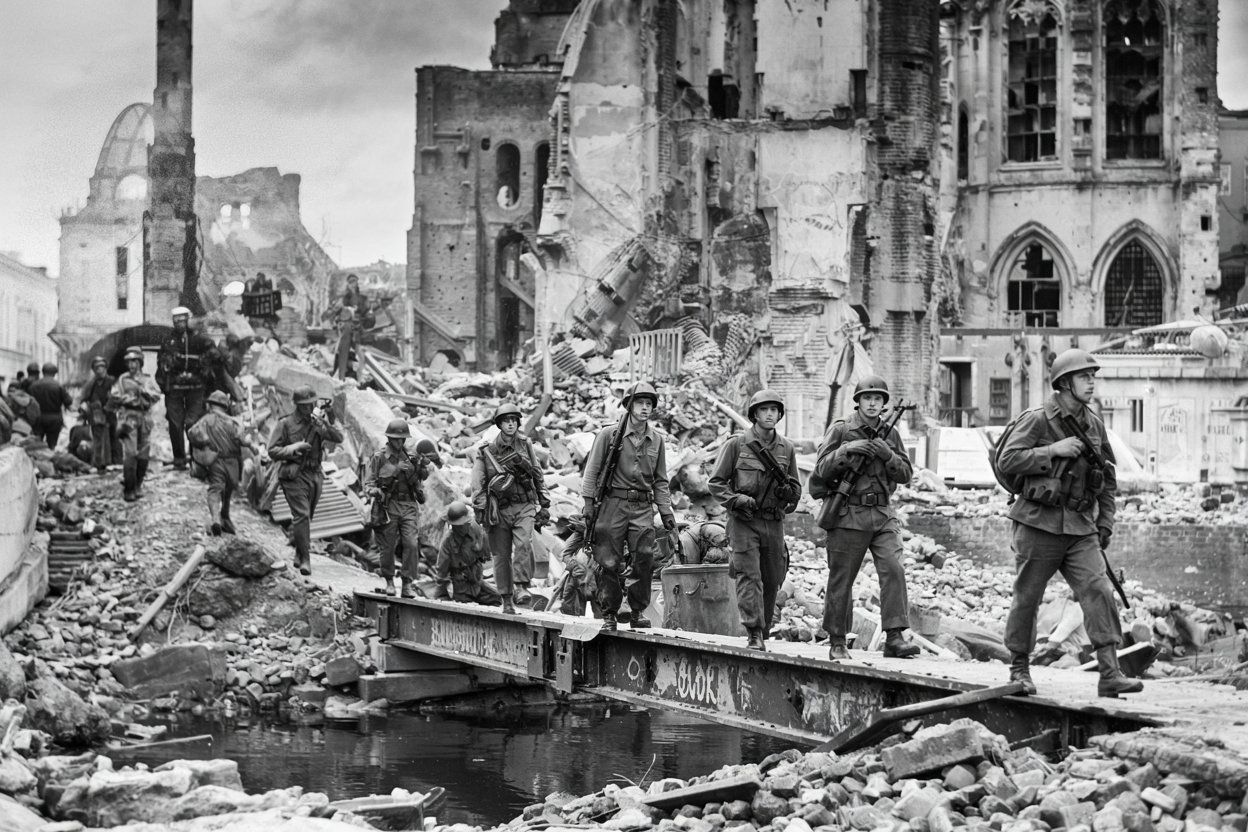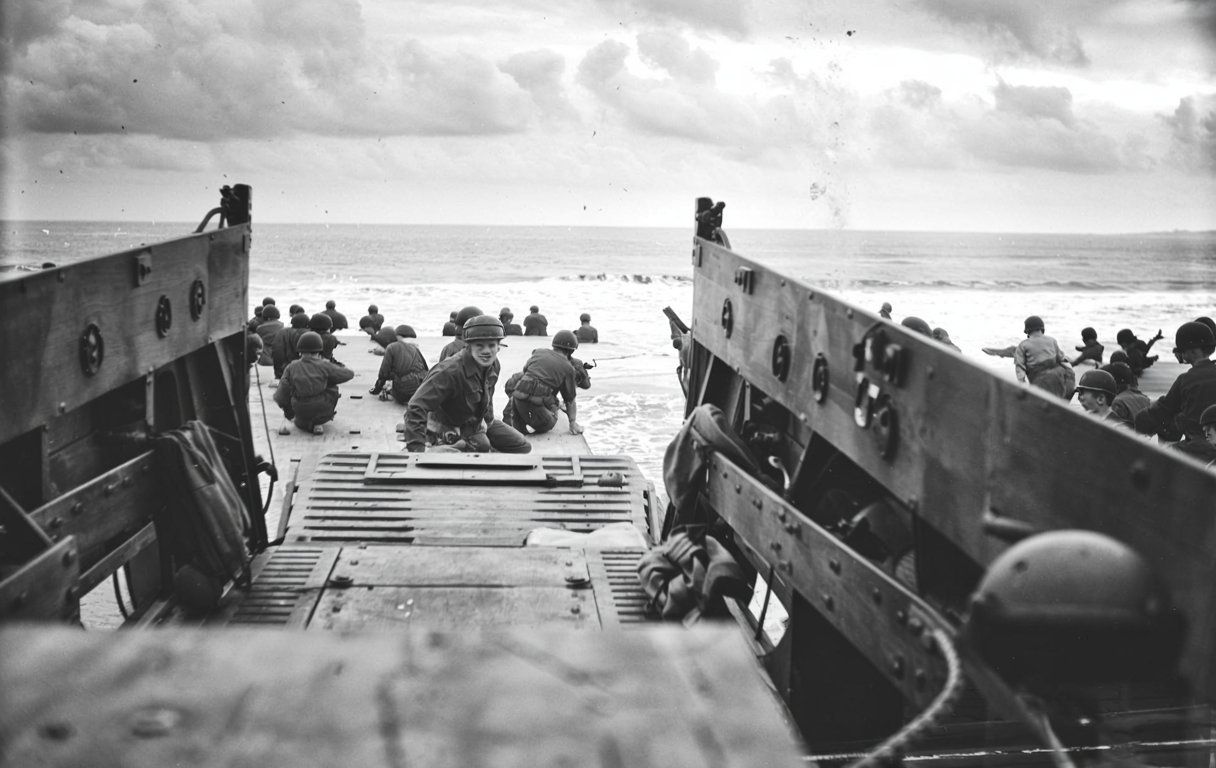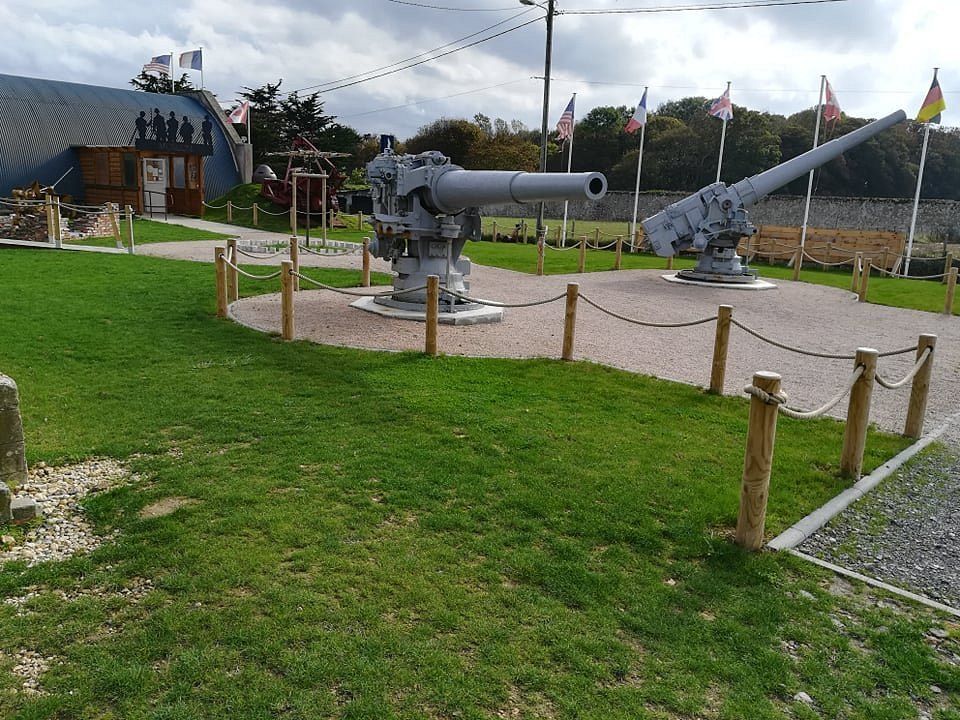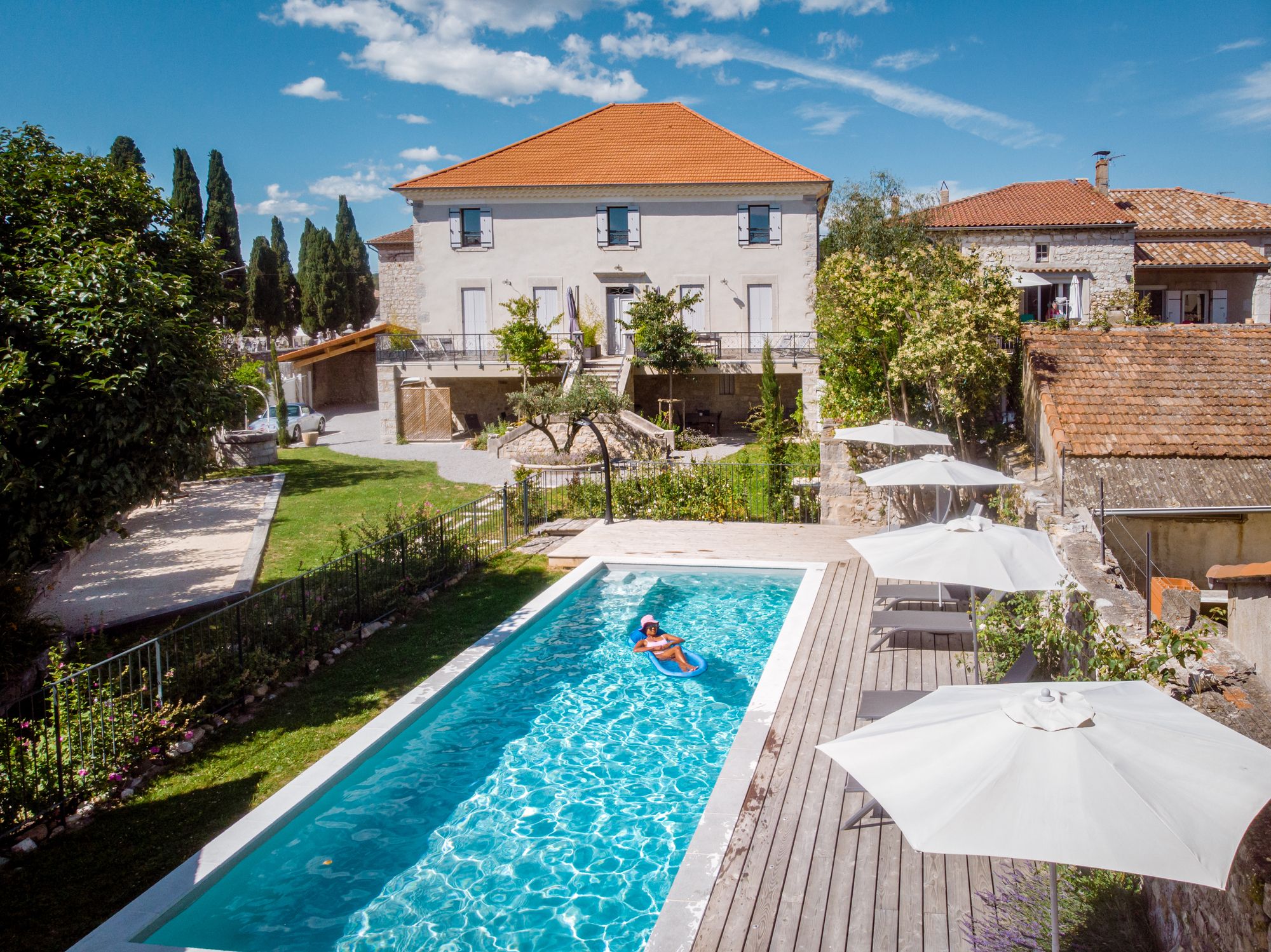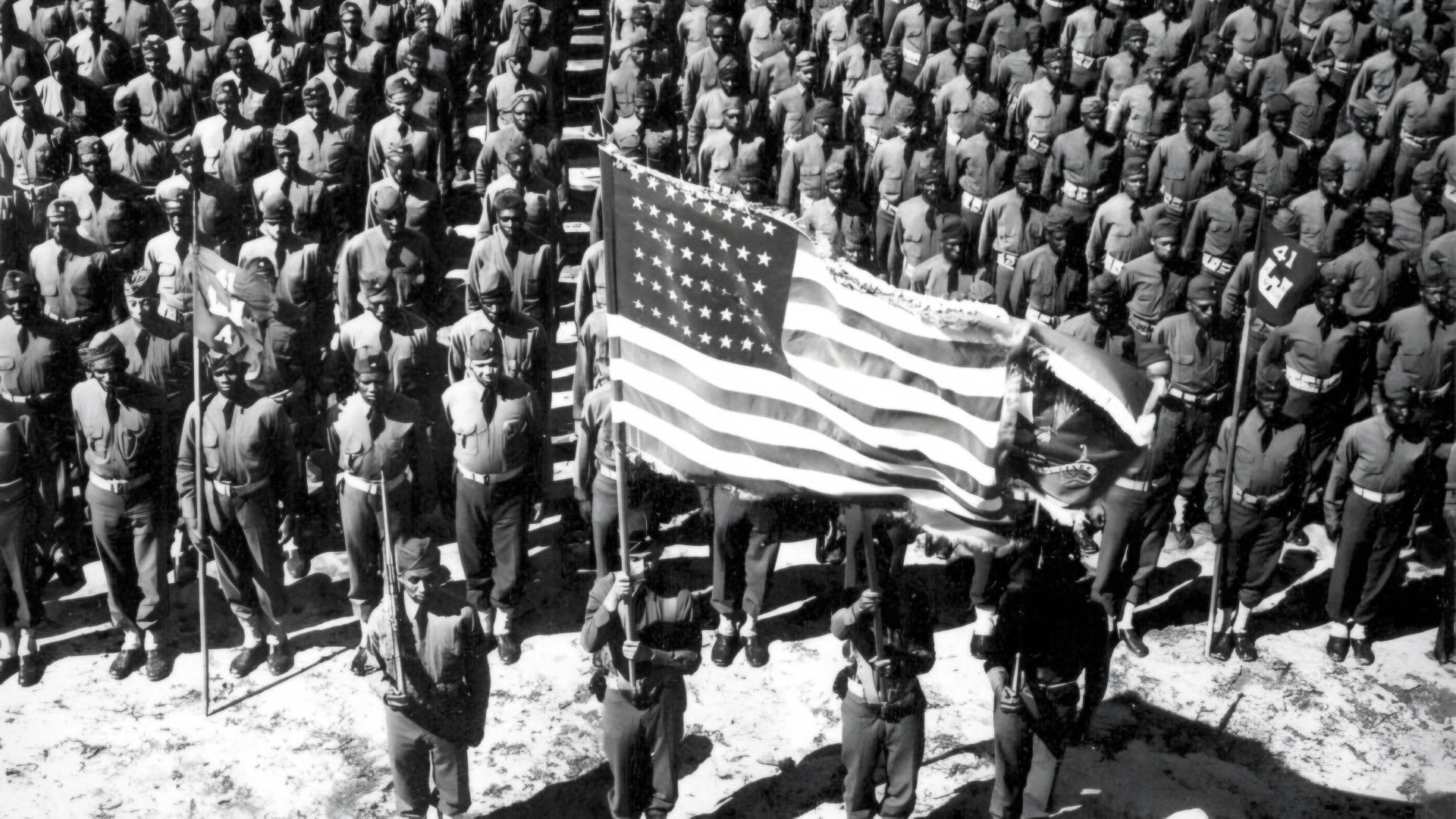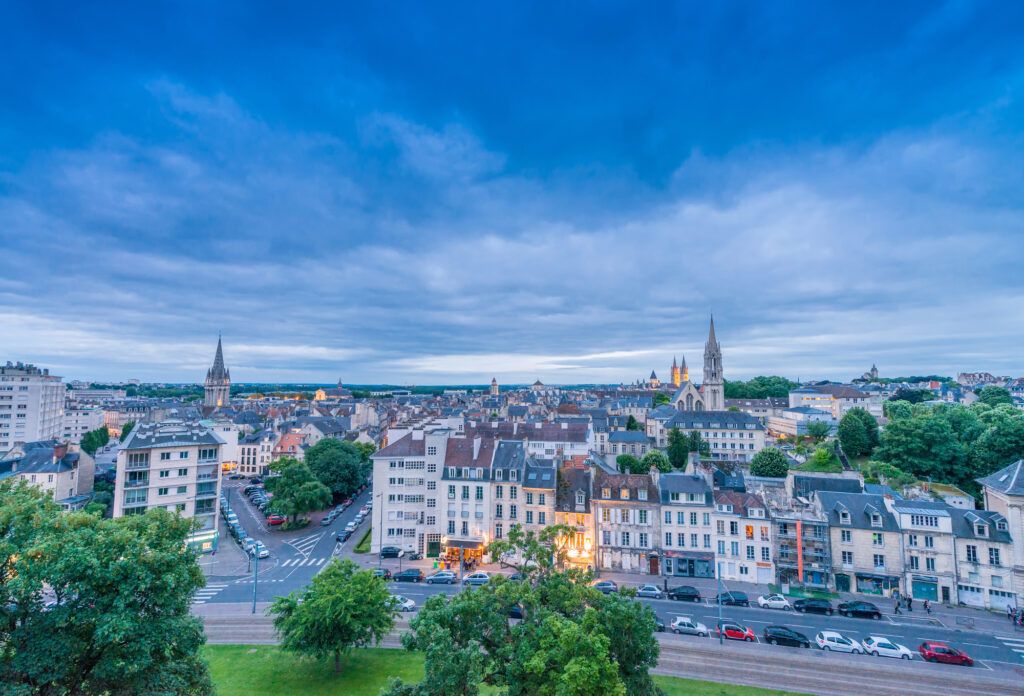Spring shakes Normandy awake—festivals, flowers, and a palpable sense of history. The region’s got that rare mix of salt-in-the-air coastal towns, peaceful countryside, and a living WWII legacy. This week feels like the sweet spot to catch Normandy’s real spirit, with events that celebrate Norman traditions and the coming 80th D-Day anniversary.
As May rolls on, both locals and visitors seem to stretch into the longer daylight, roaming from the iconic Mont Saint-Michel Abbey to the moving D-Day beaches. There’s a packed calendar—foodie events, historical walks, and more—so you can dive right into what makes this corner of France tick.
1) Visit Mont-Saint-Michel Abbey at low tide
The Abbaye du Mont-Saint-Michel is a whole different beast at low tide. When the sea pulls back, you finally get a sense of the abbey’s height and its wild, rocky perch.
Normandy’s tides are no joke—biggest in continental Europe, sometimes a 15-meter difference between high and low. It’s kind of mesmerizing.
If you get there early, you’ll dodge the crowds and catch the morning sun hitting those ancient stones. The abbey opens at 9:00 AM, and the light is just chef’s kiss for photos.
Climb the walls up to the North Tower for the best tidal views. The ramparts give you those classic panoramas over the bay and fields beyond.
Tickets run €11 for adults, or you can bundle the four museums of Mont St Michel for €18. Kids under 12 get in free.
2) Explore the Medieval Old Town of Rouen
Rouen’s old center pulls you straight back to medieval France—cobbled lanes, half-timbered houses, the works. The Rue du Gros-Horloge is the main drag, named for its famous clock.
You can’t skip the Rouen Cathedral. Monet painted it over and over, and the façade shifts with the light all day. It’s a bit hypnotic, honestly.
Swing by the Place du Vieux-Marché, where Joan of Arc met her fate in 1431. Now the modern Saint-Joan church stands there—a strange, striking spot.
Climb the Tour Jeanne d’Arc, the last bit left of the castle where Joan was held. The view from up top? Worth the steps.
Art lovers should duck into the Musée des Beaux-Arts. The collection is solid and, let’s be honest, it’s a nice break if your feet are killing you.
If you’re the type who likes stories behind the stones, a guided tour really fills in the blanks.
3) Walk the D-Day Beaches including Omaha and Utah
May’s mild weather makes it perfect for wandering the D-Day beaches. You can walk where American soldiers landed on June 6, 1944—there’s nothing quite like seeing it in person.
Omaha Beach looks calm now, but the old bunkers and remnants of German defenses still stand as reminders. Utah Beach, farther west, feels more compact and the tides this week reveal more sand in the mornings.
Between the beaches, you’ll spot memorials and pieces of the Atlantic Wall. The American Cemetery above Omaha Beach is sobering, with its endless rows of white crosses.
Guided tours leave from Bayeux and Caen, or you can use the “D-Day Normandy” app for GPS info if you’re going solo.
Don’t skip Pointe du Hoc. Rangers climbed those 100-foot cliffs under fire, and the cratered ground still feels raw.
4) Tour Claude Monet’s Garden in Giverny
Monet’s garden in Giverny is in full spring swing right now, and it’s open daily from 9:30am to 6pm. The May blooms are outrageous—no wonder Monet couldn’t stop painting them.
There are two main areas: the Clos Normand flower garden, all color and chaos, and the Japanese-inspired water garden with those famous lilies. Both are looking their best this week.
Book ahead if you can—crowds get thick, and guides are available in several languages for €225 if you want the deep dive into Monet’s world.
Coming from Paris? Plenty of day trips with audio guides. May 17 is booked up, but you’re good from the 18th onward.
Give yourself at least 90 minutes. Early mornings are quieter, and the light is just right for photos. The Japanese Garden and ponds are especially peaceful if you need a breather from the crowds.
5) Discover the historic port of Honfleur
Honfleur’s old harbor is straight out of a painting—tall, skinny houses leaning over the water, boats bobbing, the works. It’s one of those places where you can’t take a bad photo.
Start at Le Vieux Bassin, where the colorful facades reflect in the harbor. The vibe here hasn’t changed much in centuries.
Pop into Sainte Catherine Church, a huge wooden structure built by shipwrights in the 1400s. The ceiling looks like an upside-down boat—pretty cool detail.
The harbor’s lined with cafés and restaurants. Grab some seafood and people-watch; it’s what folks have done here for ages.
This week, you can join special walking tours—meet at the old washhouse (Le Lavoir) for stories you won’t find in guidebooks.
Wander the streets of Honfleur. Art galleries, boutiques, and timbered houses pop up around every corner.
6) Hike the trails in Suisse Normande
Suisse Normande isn’t about mountains, but the gorges and hills make it one of Normandy’s best escapes. It’s wild, green, and a bit less touristy than the coast.
There are over 600km of marked trails, with something for everyone—short strolls or all-day hikes.
Try the GR Pays Suisse Normande route for killer views of the Orne River winding through the cliffs. If you want it easy, stick to the riverside paths.
Clécy’s a smart place to start. The parking’s decent and the signs are clear.
Trails can get muddy in May, so wear good shoes. Bring water and snacks; you won’t find many shops out there.
Local tourist offices hand out 14 free walking guides with maps and tips on the best routes.
7) Cycle along the Calvados cider route
The Route du Cidre is a 40-kilometer ride through postcard countryside—apple orchards, old farmhouses, rolling hills.
May’s mild and the orchards are in bloom. Rent a bike in Cambremer, where shops set you up with maps and gear.
Along the way, family-run cideries open their doors for tastings. Most offer samples of cider, pommeau, and calvados, sometimes free or for a couple euros.
You’ll want to make a day of it—stop often, take photos, maybe linger over lunch in a village café. The route’s got some gentle hills but nothing too punishing.
Guided cycling tours are available if you want someone else to handle the details and share some local stories.
8) Try traditional Normandy cuisine with Camembert and apple cider
Normandy’s food scene is all about dairy and apples. This week, farm-to-table spots all over the region serve up the classics.
Camembert cheese is the superstar—creamy, earthy, and best from the tiny producers along the Camembert trail. If you’re a cheese fan, you owe it to yourself to try the real thing.
Apple cider is the local drink of choice, made from orchards you’ll pass everywhere. Restaurants pair cider with meals, and the gentle fizz cuts through rich Norman dishes.
For something stronger, try Calvados, the apple brandy. Distilleries on the Calvados Route offer tastings and a peek at the aging process.
Don’t leave without sampling buttery apple tarts or moules marinières (mussels in white wine). Normandy’s cuisine is more varied than you might expect, and May menus often spotlight what’s fresh right now.
9) Kayak around the Chausey Islands
The Chausey archipelago is honestly one of Normandy’s most spectacular places to kayak—especially this week. With more than 365 islands exposed at low tide, you get a wild, ever-shifting playground of clear water and little rocky outcrops.
If you’re up for it, you can join sea kayaking tours of the Chausey Islands that leave daily from the mainland. Beginners and seasoned paddlers both get a quick intro before heading out, so you don’t have to worry if you’re not a pro.
As you paddle, you’ll weave among tiny islands, spotting seabirds and maybe even a curious seal if you’re lucky. The tides totally change your route and the scenery, so no two trips feel quite the same.
The Avranches canoeing club runs three-hour kayaking trips right through the heart of the archipelago. The guides are pretty passionate and will share stories about the islands’ history and wildlife as you go.
You’ll also drift past the Lenoir-Thomas oyster parks and mussel poles. Watching how locals farm oysters up close adds a cool, unexpected twist to the adventure.
These tours fill up fast in May, so book ahead if you can. Toss a bottle of water, some sunscreen, and a waterproof camera in your bag—trust me, you’ll want photos of those blue-green waters.
10) Explore the WWII memorials in Arromanches
Arromanches gives you a front-row seat to D-Day history, especially around the remains of the artificial harbor the Allies built. At low tide, you can still see chunks of the “Mulberry Harbor” out in the shallows—a real feat of wartime engineering.
The Musée Du Débarquement is the area’s standout museum. Its exhibits and scale models make it surprisingly easy to picture how this massive port operation worked and why it mattered.
If you want to get swept up in the story, check out Arromanches 360°, a circular theater that drops you right into the chaos and hope of the 100-day Battle of Normandy. The film’s panoramic scenes are intense and, honestly, kind of moving.
Don’t just stick to museums—Arromanches itself is worth a wander. You’ll stumble across memorials tucked into quiet corners, each with its own story.
This week, the town’s running special guided tours with more flexible hours for visitors. If you go in the morning, you’ll probably have fewer crowds and a bit more space to take it all in.
Navigating Normandy: Essential Travel Tips
Figuring out how to get around Normandy—and having a handle on the weather—can make your trip way smoother. The right transport and a little prep for the elements really do make a difference.
Transportation Options for Exploring
Renting a car is still the best bet for hopping between D-Day beaches and those out-of-the-way villages. Compact cars make life easier on twisty medieval streets and in tiny parking lots.
Public transport is there, but it mostly links the bigger cities. Regional trains connect Caen, Bayeux, and Rouen pretty reliably, with frequent departures.
Bus Verts covers smaller towns, though the schedules can be a bit sparse—especially on weekends. Grab your tickets ahead of time at stations or online if you can.
If you’re feeling active, bike rentals are a great way to see the coast or the green countryside. Most hotels and tourist offices rent bikes for €15-25 per day, which isn’t too bad.
Guided tours are worth considering for WWII sites. The guides know their stuff and can get you into places you might not find on your own.
Weather Expectations for Late May
Late May usually brings mild weather—think 12-19°C (54-66°F). Pack layers, because evenings (and the coast) can get chilly fast.
Showers pop up now and then, but they’re rarely all-day affairs. A lightweight rain jacket and maybe a small umbrella should have you covered for outdoor attractions.
The wind off the water can surprise you, especially at the beaches or Mont Saint-Michel. I’d definitely bring a windbreaker for those spots.
Don’t skip sunscreen, even if it feels cool out. The UV index can sneak up, especially in the late morning to mid-afternoon.
Normandy weather is famously unpredictable. I’d check the local forecast every morning—what you see at breakfast might not match what you get by lunch.
Enhancing Your Experience in Normandy
Normandy isn’t just about what you see—it’s about soaking up the local vibe and grabbing those little moments that make a trip memorable.
Local Etiquette and Cultural Insights
Start with a “Bonjour” when you meet someone—it’s a small thing, but locals really do notice. Try to keep your voice down in public; loud chatter isn’t really the French way.
Meals run on their own clock here. Lunch is usually from noon to 2pm, and dinner rarely kicks off before 7pm. If you want a table, especially in May, it’s smart to book ahead.
Tipping isn’t required since service is included, but rounding up or leaving a bit of change is a nice gesture if the service stands out.
When you visit the D-Day sites, keep things low-key and respectful. For a lot of people—locals and visitors—these places mean more than just history.
How to Make the Most of Seasonal Events
May brings exceptional seasonal events to Normandy, and the weather’s just about perfect for getting outside or ducking into a cozy spot indoors. Temperatures usually sit around 15-20°C (59-68°F), which feels just right for coastal walks or wandering the countryside.
Apple blossoms pop up everywhere, turning the landscape into something almost unreal—seriously, it’s a great time to check out the cider routes. Plenty of producers open their doors for tastings you just won’t find at any other point in the year.
Local markets get a little livelier in May. The Saturday market in Bayeux and the Tuesday one in Honfleur really lean into Norman specialties—fresh cheeses, loads of spring veggies, you name it.
If you’re around before June 6th, you’ll notice D-Day Anniversary preparations ramping up. Museums usually put on special exhibits, and you’ll catch more living history demos as the date gets closer.
Try catching the early morning light at the Étretat cliffs. It’s quieter then, and honestly, the views are just unbeatable without the crowds.

